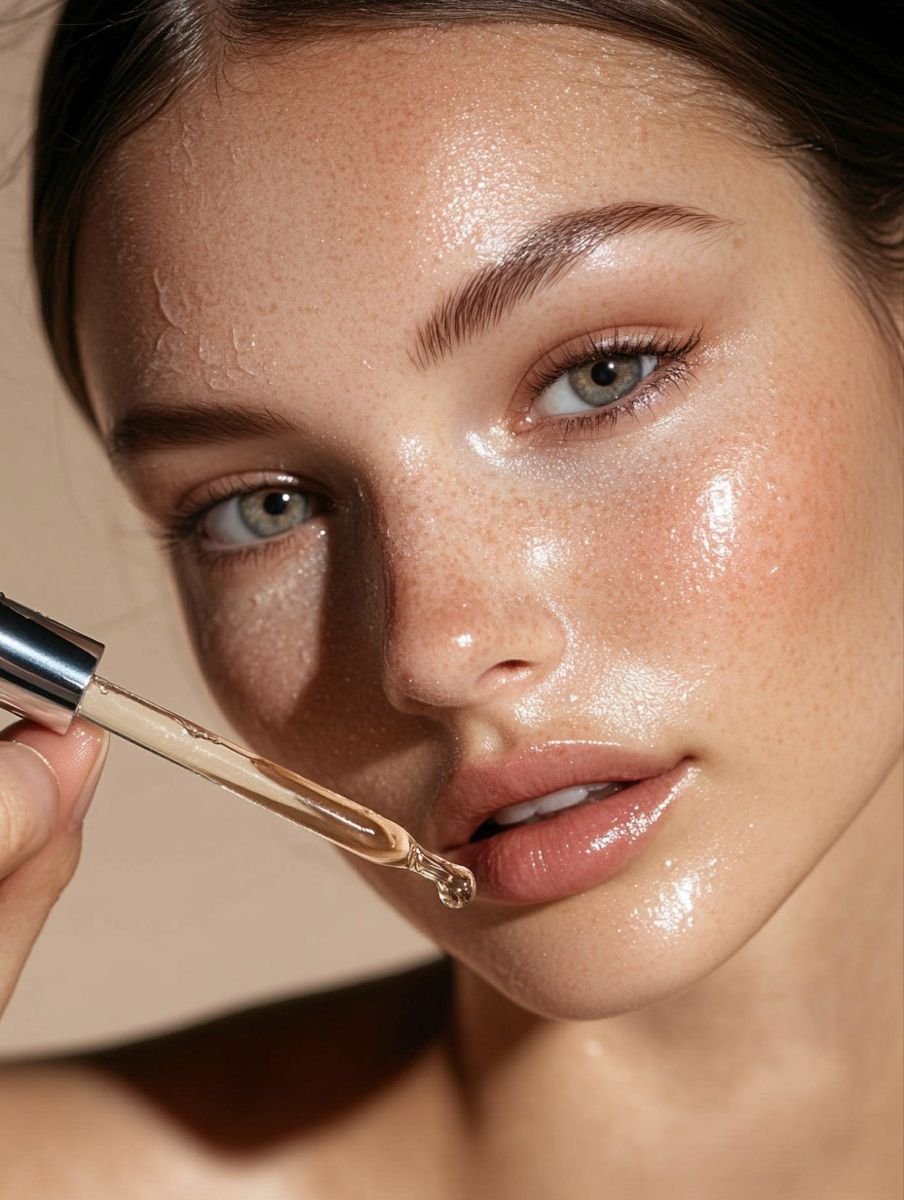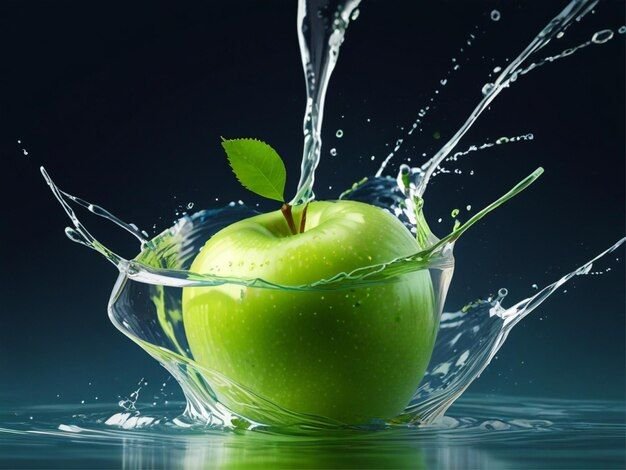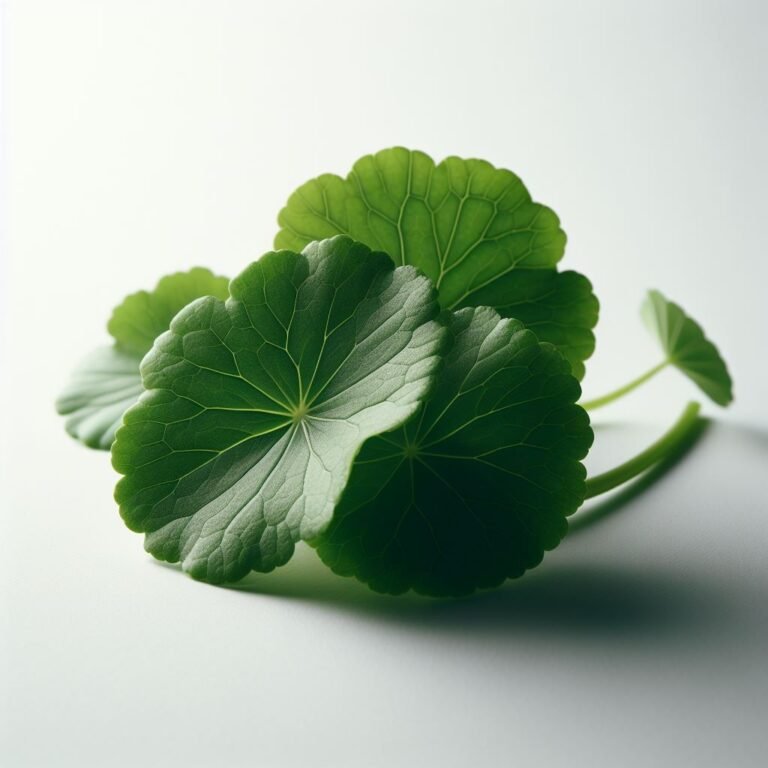Alpha Arbutin: A Gentle Brightening Active
Alpha Arbutin is a gentle, derm-loved brightening active used to visibly fade dark spots and even out tone. It is naturally found in plants such as bearberry and mulberry. However, the lab-stabilized alpha form is water-soluble, easy to formulate, and well tolerated by most skin types. Therefore, it has become a go-to in serums and light creams aimed at post-blemish marks, sunspots, and general dullness.
Unlike old-school bleaching agents, this ingredient delivers steady, predictable results with a lower risk of irritation. As a result, it is a smart choice for everyday brightening routines that still protect the skin barrier. Moreover, its compatibility with other skin-friendly actives makes it versatile across routines.
TL;DR (Why You’ll Care)
- Visibly fades post-blemish marks and sunspots over 8–12 weeks
- Gentler than legacy bleaching agents
- Plays well with niacinamide, tranexamic acid, vitamin C, and retinoids
- Works best with daily SPF and consistent use
Alpha vs. Beta Arbutin: What’s the Difference?
There are two versions on labels: alpha and beta. The alpha form is more stable in water-based products and measurably more efficient for tone correction. On the other hand, the beta form is cheaper and less potent. Consequently, most modern brightening formulas choose alpha arbutin to deliver noticeable results without the harshness of stronger depigmenting agents. In comparison, beta arbutin is mostly reserved for budget formulations.
How It Works (Plain-English Science)
Dark spots form when skin produces too much melanin. Alpha arbutin down-regulates tyrosinase, the key enzyme driving pigment production. As a result, with consistent daily use, the skin gradually makes less excess pigment in areas prone to overreaction—such as after breakouts or sun exposure—so tone looks more even. Furthermore, its antioxidant properties provide added support against oxidative stress, which can also worsen pigmentation.
Because it’s gentle, you can keep it in your routine longer and pair it with barrier-supporting actives. In addition, this quality often makes the difference between a product you tolerate for a week and one you can stick with long enough to see change. Overall, it helps maintain steady progress without sacrificing skin comfort.
What the Research Says
Dermatology literature strongly supports arbutin’s brightening role and its good tolerability when used consistently. For example:
- A review outlines arbutin as a safer alternative to hydroquinone in cosmetic brightening, with improvement in mottled pigmentation and fewer adverse effects: PubMed 35484713
- Laboratory work highlights antioxidant and photoprotective properties, which are useful for preventing new discoloration triggered by oxidative stress: PubMed 29677570
- Clinical studies of topical brightening systems containing arbutin report visible improvements in hyperpigmentation with daily application over 8–12 weeks: PubMed 34251085
Note: As with most cosmetic actives, results depend on a product’s total formula, usage consistency, and diligent sun protection. Above all, sunscreen is essential for long-term success.
Benefits You Can Expect
- Diminishes the look of post-inflammatory hyperpigmentation (PIH)
- Softens the appearance of sunspots and age spots
- Supports a brighter, more even overall tone
- Pairs well with barrier-first routines and antioxidants
- Friendly to sensitive and combination skin when the vehicle is gentle
Who It’s Best For—and Who Should Pause
Great for:
- Lingering acne marks that won’t fade
- Sun-induced dark spots and uneven tone
- Those who want non-irritating brightening options
Use with care or ask a professional if:
- You’re already using multiple exfoliants or strong retinoids (introduce slowly, and alternate carefully)
- You have a history of contact dermatitis (patch test first, just to be safe)
- You’re pregnant or nursing—cosmetic use is generally considered acceptable, but it is always best to consult your clinician if unsure
How to Use It (AM/PM Routines)
Morning
- Cleanse and pat dry.
- Apply a serum or essence with alpha arbutin (look for 1–2%).
- Follow with a barrier-supporting moisturizer; niacinamide or ceramides are ideal.
- Finish with broad-spectrum SPF 30+. In fact, sun protection is non-negotiable for visible brightening.
Evening
- Cleanse.
- Apply your alpha arbutin product (or alternate with a retinoid).
- Seal with moisturizer.
Consistency is key. Most people notice early radiance in 4–6 weeks. Moreover, more obvious spot fading tends to appear in 8–12 weeks. Finally, with patience and layering discipline, results can be long-lasting.
Smart Pairings (For Faster Results with Less Irritation)
- Niacinamide (2–5%) – reinforces the barrier and improves uniform radiance.
- Tranexamic Acid (2–5%) – helpful for stubborn blotchiness and PIH overlap.
- Gentle Vitamin C – complements brightening; stable formats are best if you’re sensitive. Similarly, it enhances antioxidant defense.
- Retinoids (PM) – support texture and tone; introduce gradually to avoid over-drying.
- Azelaic Acid – calm-brighten combo that suits redness-prone skin types. In addition, it reduces irritation risks when paired correctly.
How to Shop (Checklist)
- Concentration: 1–2% alpha arbutin is common and well tolerated.
- Vehicle: watery serums or essences layer easily morning and night.
- Formula friends: niacinamide, panthenol, ceramides for barrier support.
- Packaging: opaque and airtight packaging limits light and air exposure. Consequently, this helps preserve potency.
- Fragrance: fragrance-free is safest for sensitive or PIH-prone skin.
Routine Templates You Can Copy
PIH-Focused (Post-Blemish) Routine
AM: Cleanser → Alpha Arbutin serum → Niacinamide moisturizer → SPF 50
PM: Cleanser → Retinoid (or Azelaic Acid if sensitive) → Alpha Arbutin (alternate nights) → Moisturizer
Sunspot/Photo-Aging Routine
AM: Antioxidant (gentle Vitamin C) → Alpha Arbutin → Moisturizer → SPF 50
PM: Cleanser → Retinoid → Alpha Arbutin (opposite nights) → Barrier cream
Redness-Prone Routine
AM: Gentle Cleanser → Niacinamide + Alpha Arbutin (combined formula works well) → SPF
PM: Cleanser → Azelaic Acid or Tranexamic Acid → Alpha Arbutin (if tolerated) → Moisturizer
Common Mistakes to Avoid
- Skipping sunscreen—you’ll create new spots as fast as you fade old ones. Moreover, it undermines every other brightening step.
- Piling on too many actives at once; irritation can worsen pigmentation. Therefore, introduce one active at a time.
- Expecting overnight results; plan on 8–12 weeks of consistent use. Above all, patience pays off here.
- Neglecting your barrier—hydration and ceramides must remain in the routine. Otherwise, irritation can offset progress.
FAQs
How long will a bottle last?
Serums used twice daily typically last 6–8 weeks, which is enough to reach the first checkpoint. Consequently, this makes one bottle sufficient for a full evaluation period.
Can I layer with acids?
Yes, but go slow. For example, if you exfoliate, try no more than 2–3 times/week while building your routine. Similarly, avoid overlapping strong actives in the same application.
Is it safe for deeper skin tones?
Yes. Alpha arbutin is widely used across skin of color. In fact, gentle and consistent use combined with SPF is the winning formula. Overall, it is a safe and reliable option for inclusive skincare.
References & Further Reading
- Review of arbutin as a safer brightening option vs. hydroquinone: PubMed 35484713
- Antioxidant/photoprotective support relevant to preventing new spots: PubMed 29677570
- Clinical outcomes for hyperpigmentation with arbutin-containing topicals: PubMed 34251085







